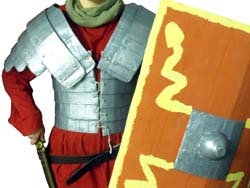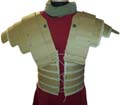The Holiday Club at the Trinity Resource Centre in Margate was the scene of another day of archaeological activities on Friday 1st of November.
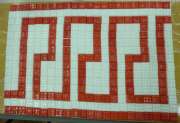
The Dig and Discover boxes were popular as usual, as was the chance to learn about the people of the past, with our skeleton and an impressive re-enactment of the burial of an important Anglo-Saxon warrior, with a discussion of just what might be found of the remains of the impressive costume and weapons the warrior carried.
We had some fine mosaics made with great patience and care, following the keystone pattern examples from Greek and Roman mosaics.
Once again we had a really interesting day with our friends at the Trinity Holiday club and we were pleased to be given a fine hand-made Thank You card from all the participants.
Our pottery making activity saw some ambitious creations, with a two piece set of a cup and tea pot as well as some excellent pots based on the forms and decorations of ancient pottery.
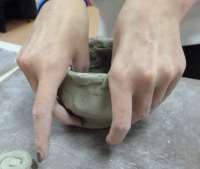
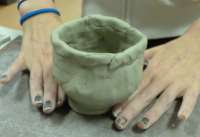
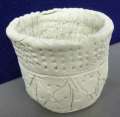
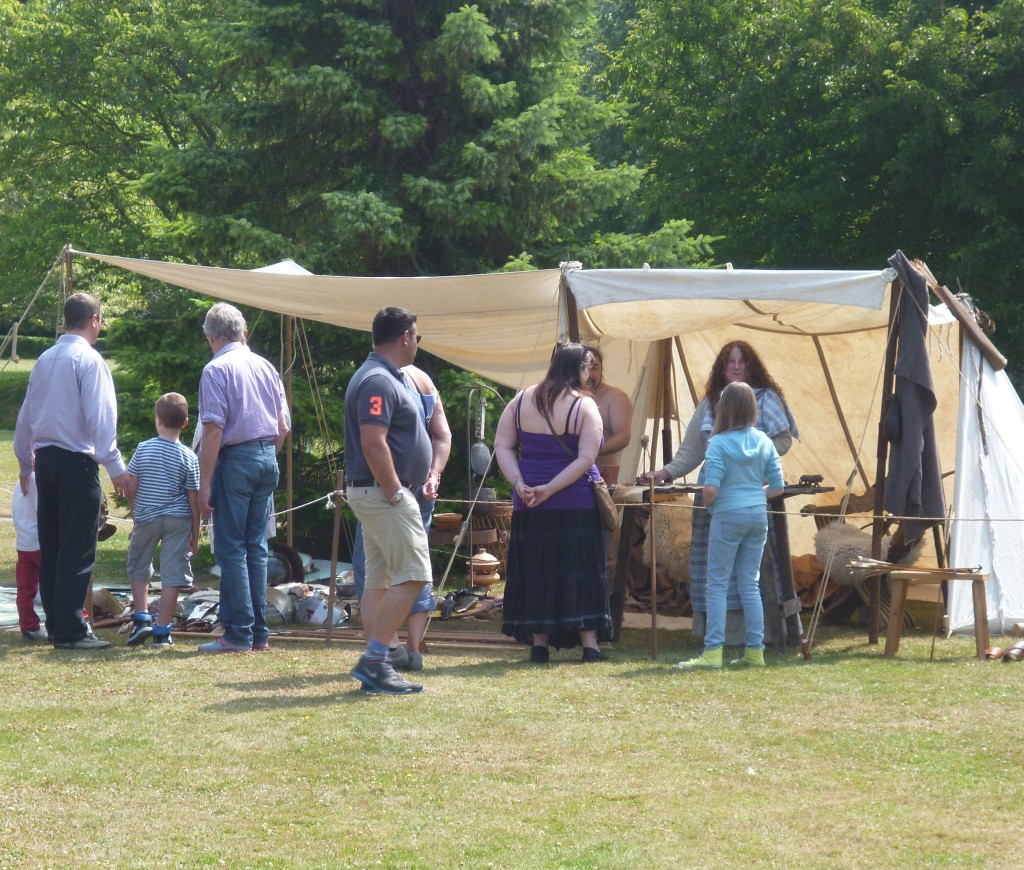
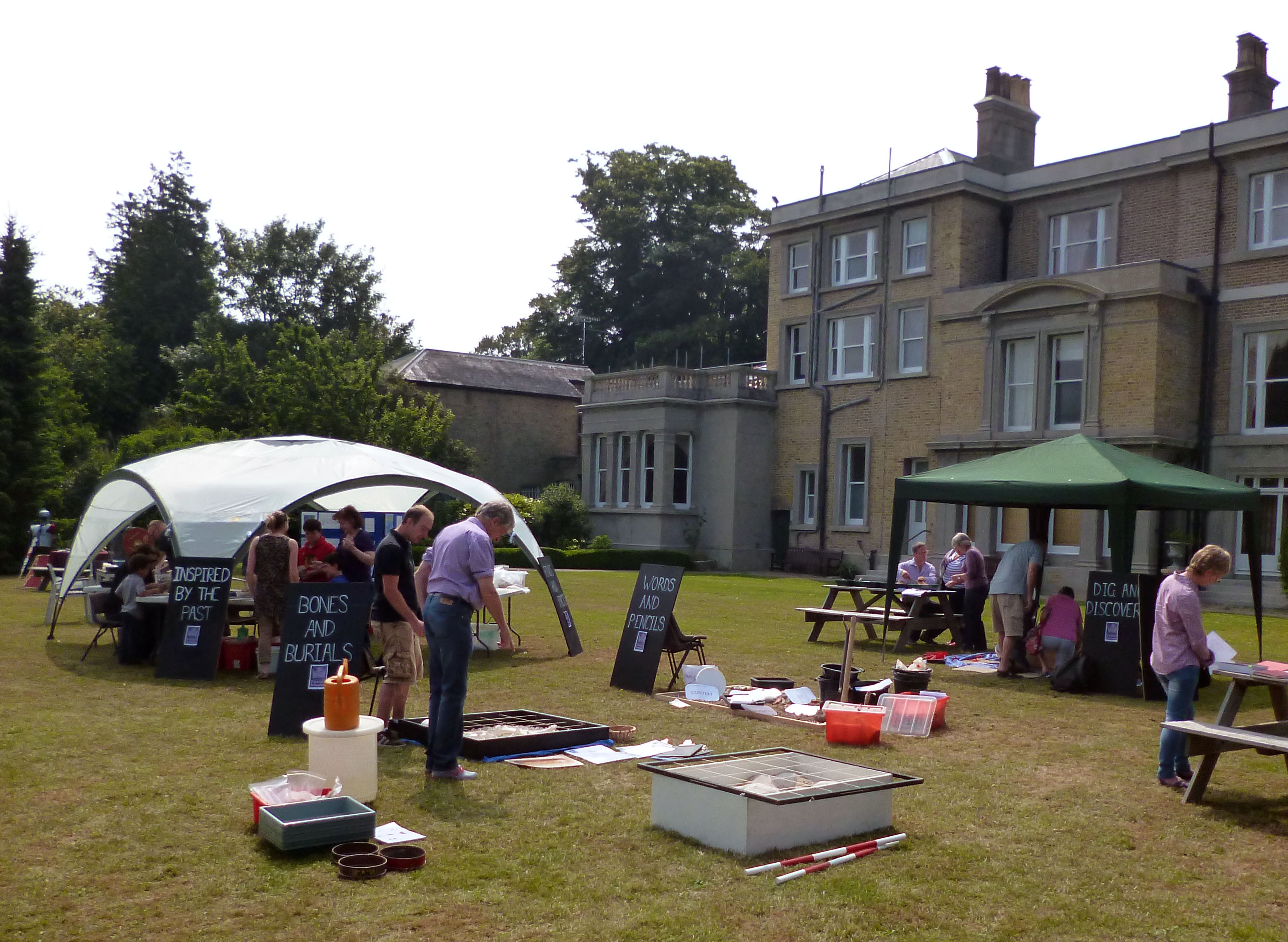
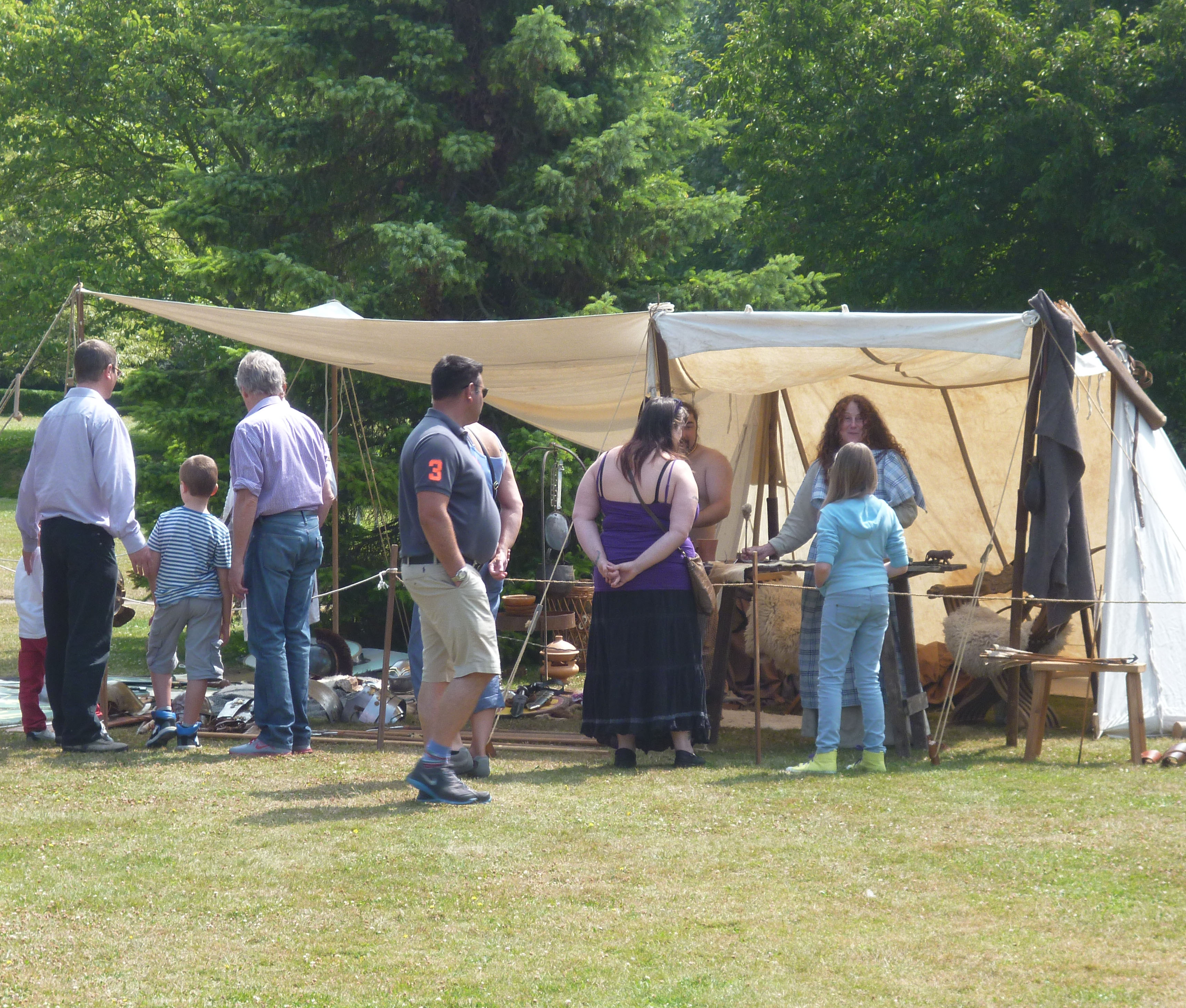
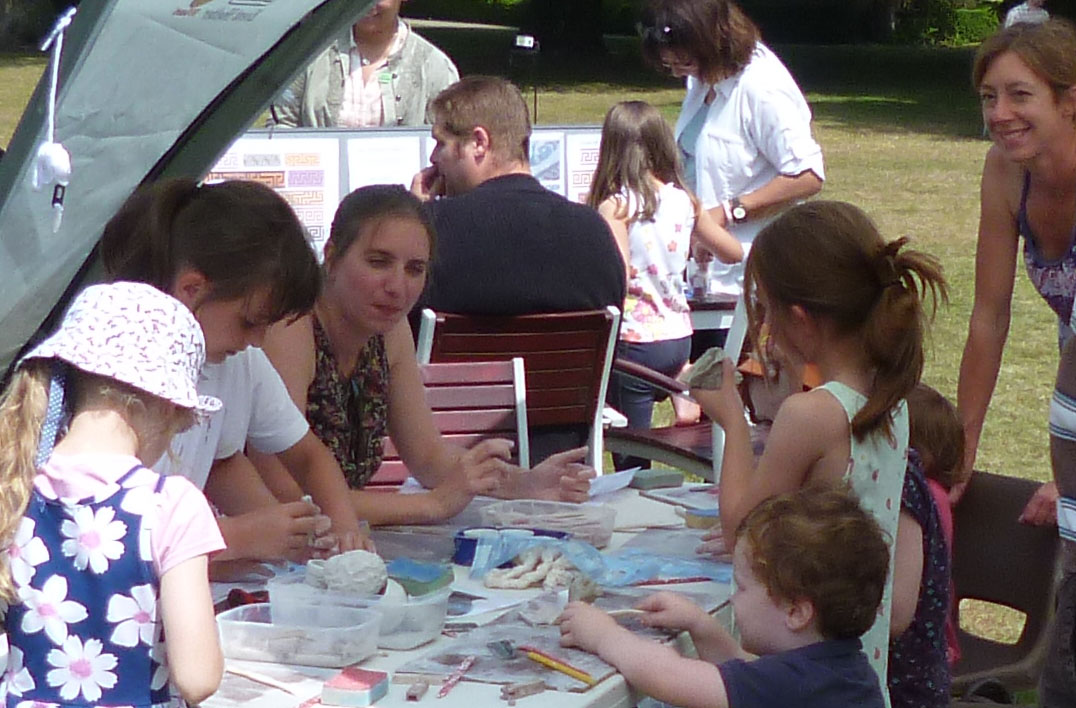
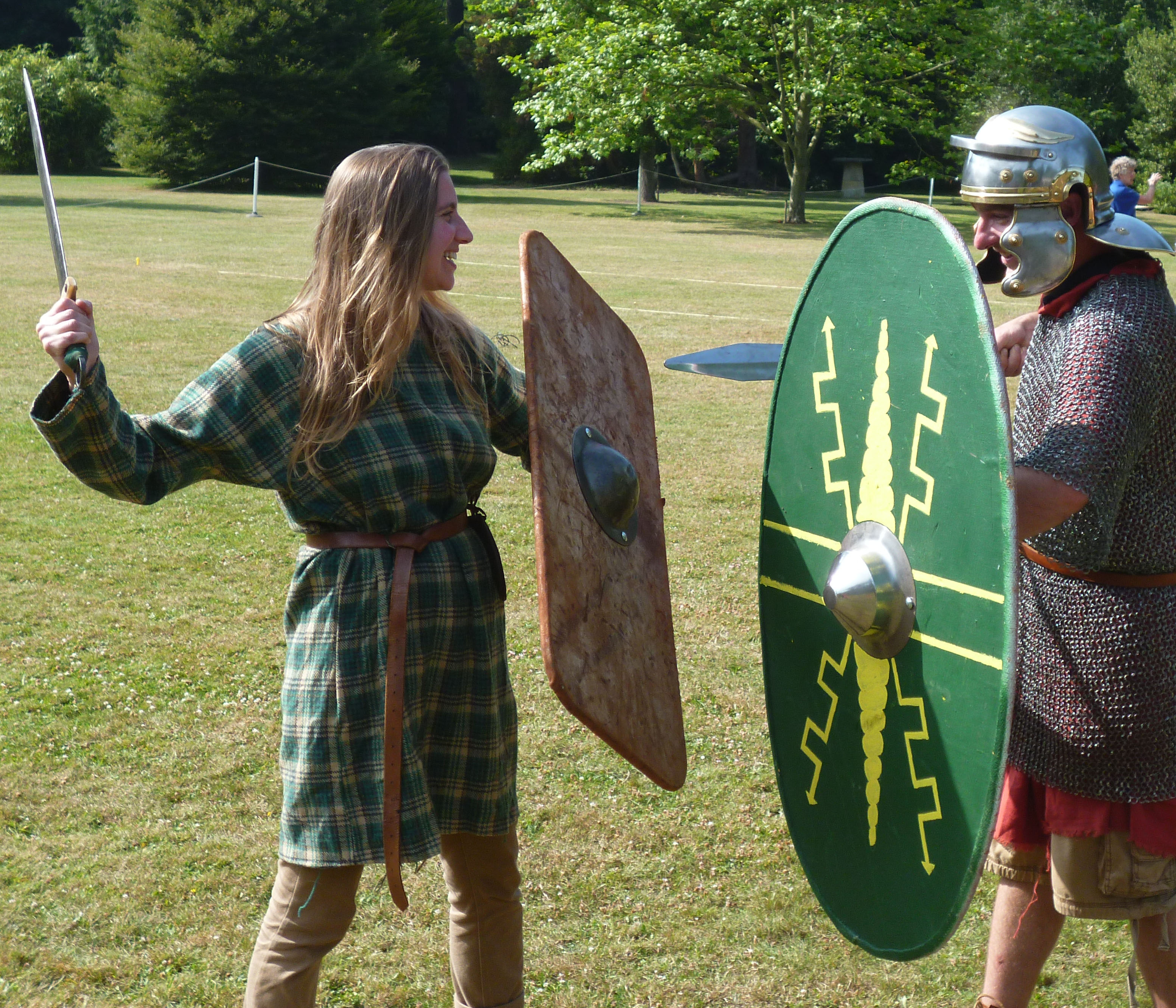
 Iron Age and Roman reenactors De Bello Canzio will be with us over the day at Archaeology for You. With authentic costumes, armour and artefacts this will a be a fascinating glimpse into the past.
Iron Age and Roman reenactors De Bello Canzio will be with us over the day at Archaeology for You. With authentic costumes, armour and artefacts this will a be a fascinating glimpse into the past.